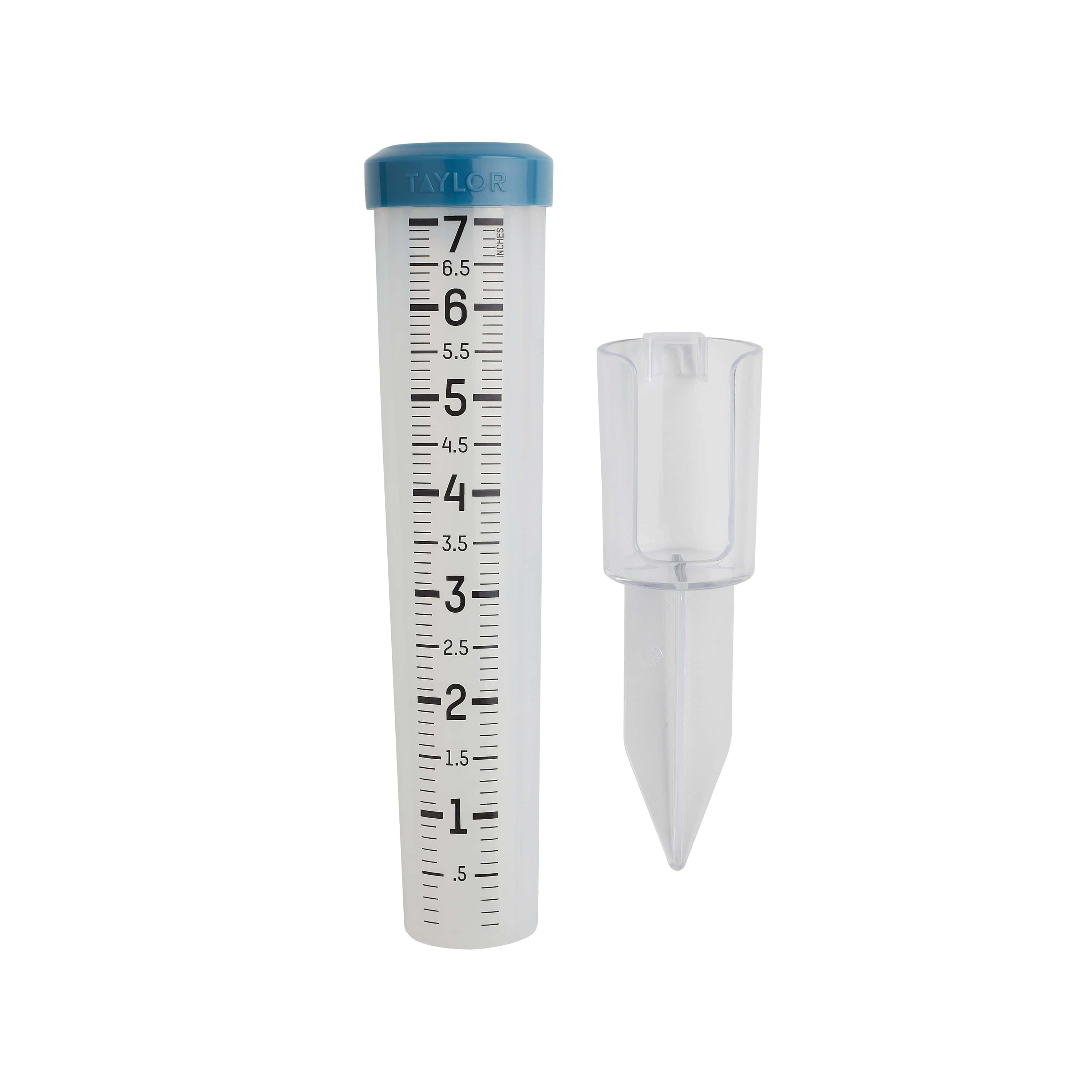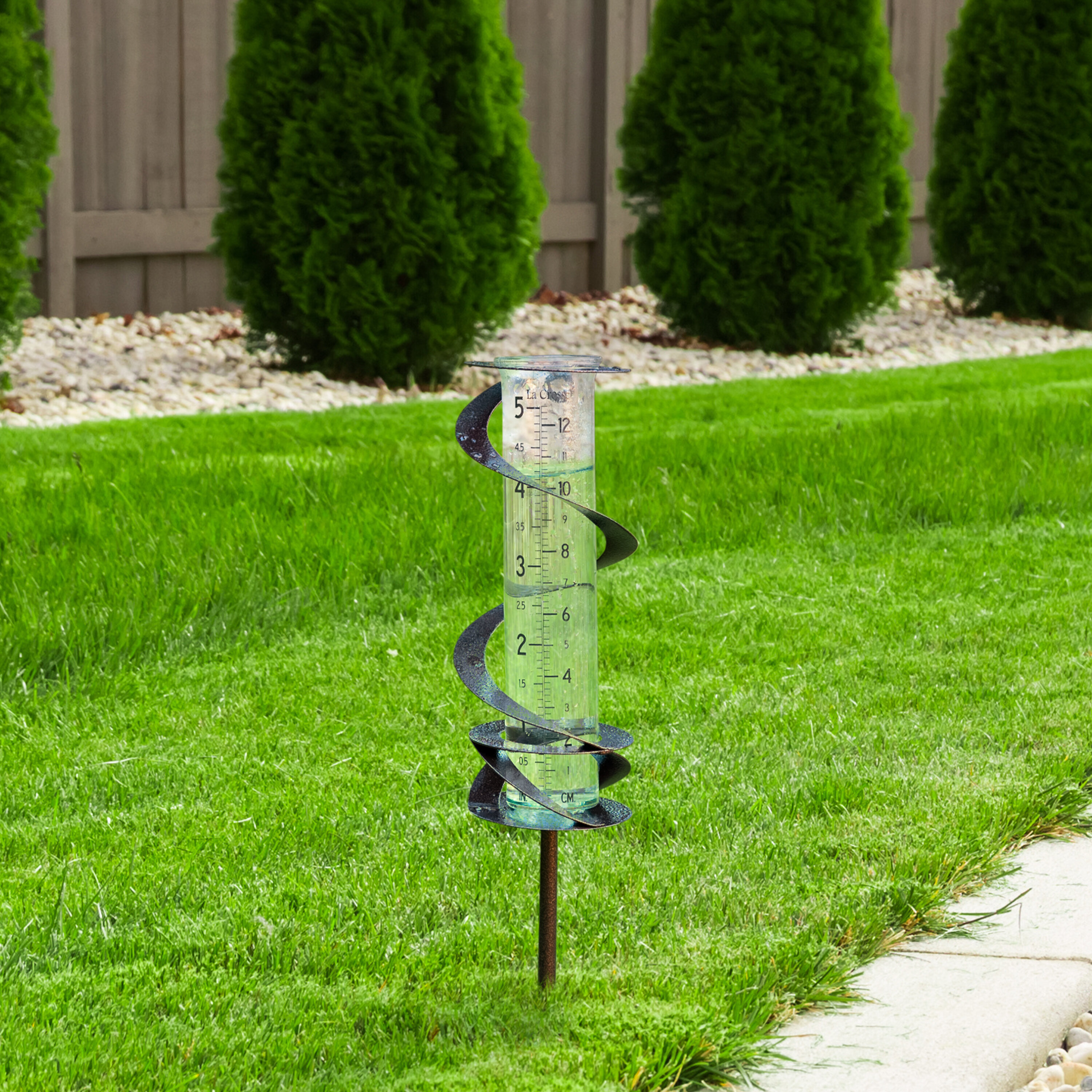The Rain Gauge: Enhancing Agricultural and Environmental Checking Initiatives
Wiki Article
DIY Rain Gauge: Easy Steps to Make Your Own
Are you curious about tracking rainfall in your location? Producing your own do it yourself rain scale is a reliable and simple way to videotape and determine rainfall. With just a couple of common products and some basic actions, you can conveniently build your own rainfall scale in the house. In this overview, we will provide you with a step-by-step process to assist you develop your own rain scale. No requirement for any specialized expertise or tools - this task can be completed by anybody. By adhering to these easy guidelines, you will certainly have a reliable tool to determine rains and add to your understanding of the local weather patterns. So, let's start on making your DIY rainfall gauge today!Gather Products
To begin building your DIY rain scale, collect all the required products making use of a detailed checklist of things. Having the right products handy will guarantee the successful production of your rainfall scale and permit precise measurements of rains. First of all, you will certainly require a clear plastic container or cyndrical tube, such as a plastic container or container. Make certain the container is transparent to ensure that you can easily see the water level inside. Next off, you will certainly need a ruler or determining tape to mark the increments on the container. This will certainly enable you to determine the amount of rains properly. Additionally, you will certainly require a permanent pen or water resistant tape to mark the measurements on the container. When exposed to rain, this will certainly ensure that the markings stay noticeable also. Ultimately, you will certainly need a strong base or risk to securely hold your rainfall gauge in place. This can be a wooden or metal stake that can be put into the ground or a sturdy flat surface area to supply security. Gathering these materials beforehand will certainly enhance the building process and ensure that you have everything you require to develop your very own DIY rain scale.Prepare the Container

Mark the Measurement Increments
To properly determine the amount of rains, properly marking the measurement increments on your DIY rain gauge is vital. Without clear and exact markings, it would be hard to identify the precise quantity of rainfall collected in your rainfall scale. Here are the steps to mark the dimension increments on your rain scale.First, make a decision on the unit of dimension look at this web-site that you intend to make use of. One of the most usual systems for determining rains are millimeters and inches. As soon as you have selected the device, make use of a permanent pen or water-proof paint to mark the increments on the side of your rain gauge. For inches, you can note every quarter inch or every fifty percent inch, depending upon your preference. For millimeters, you can mark every 10 millimeters or every 20 millimeters.
When marking the increments, it is essential to make sure that they are uniformly spaced and plainly visible. Make use of a ruler or measuring tape to make certain precision and uniformity. In addition, make certain that the markings are immune to fading or abrading, as direct exposure to the components may cause them to weaken with time.
Area the Rainfall Gauge Outdoors
The rain scale need to be put outdoors to accurately collect rains data. The place chosen for the rainfall scale should be open and free from any obstructions that can potentially impact the dimension of rains. The Rain Gauge.Furthermore, it is important to place the rain gauge on a secure surface area, such as a degree ground or a sturdy blog post. This will stop any activity or tilting of the scale, which can cause unreliable dimensions. It is additionally a good idea to stay clear of putting see this website the scale near any kind of sources of synthetic water, such as lawn sprinklers or drain systems, as this could hinder the precision of the measurements.
Screen and Document Rainfall Data
Regular tracking and recording of rainfall information is crucial for precise data analysis and analysis. By keeping an eye on rainfall dimensions, you can acquire beneficial insights into weather patterns, climate patterns, and water resource monitoring. To efficiently check and record rains data, it is essential to establish a routine and preserve constant techniques.Firstly, make certain that your rain gauge is placed in an open location away from barriers such as trees or buildings that might block rainfall. Furthermore, see to it the rain gauge is level and securely secured to avoid any type of activity that might impact the explanation accuracy of the dimensions.

When tape-recording the rainfall data, it is very important to note the date and time of each dimension. Make use of a leader or a gauging adhere to determine the rains deepness in the rainfall scale, and record this information precisely.
To make certain the precision of the dimensions, it is recommended to empty the rainfall scale after each recording. This will certainly stop any type of overflow or evaporation from influencing succeeding measurements.
Final Thought
In final thought, creating a DIY rainfall gauge is a useful and simple method to keep track of and videotape rains data (The Rain Gauge). By adhering to the steps laid out in this short article, you can conveniently gather products, prepare the container, mark the dimension increments, and put the rainfall gauge outdoors. Routinely monitoring and taping rains data can give important details for various objectivesHaving the right products on hand will certainly guarantee the effective creation of your rain scale and allow for precise dimensions of rainfall.To precisely gauge the amount of rainfall, precisely noting the measurement increments on your DIY rainfall scale is vital.The rainfall gauge ought to be put outdoors to properly accumulate rains data. The area picked for the rain gauge need to be open and totally free from any obstructions that might possibly influence the dimension of rainfall.In verdict, creating a DIY rain gauge is a simple and practical way to monitor and tape-record rains information.
Report this wiki page